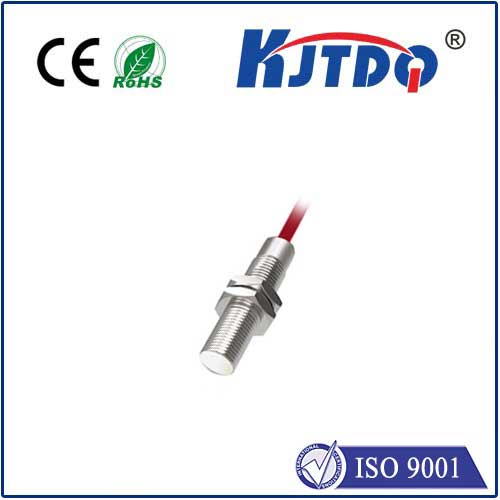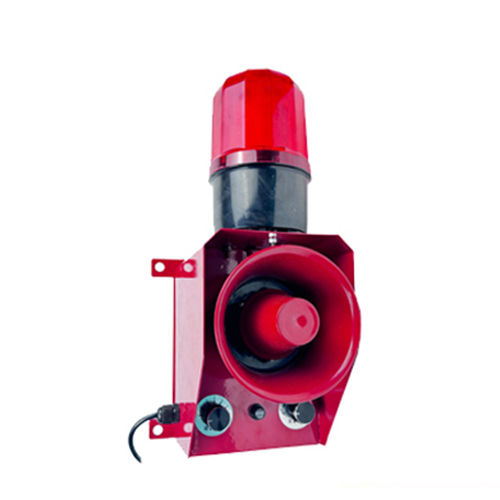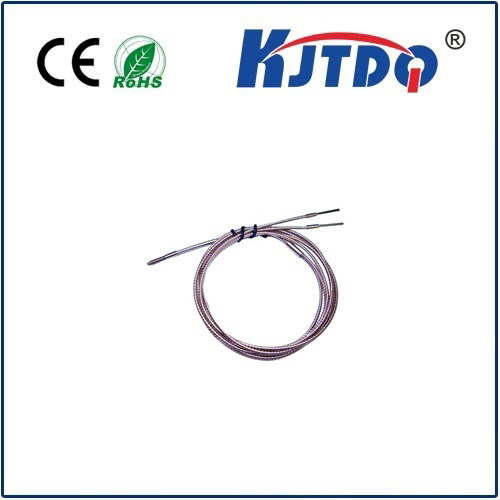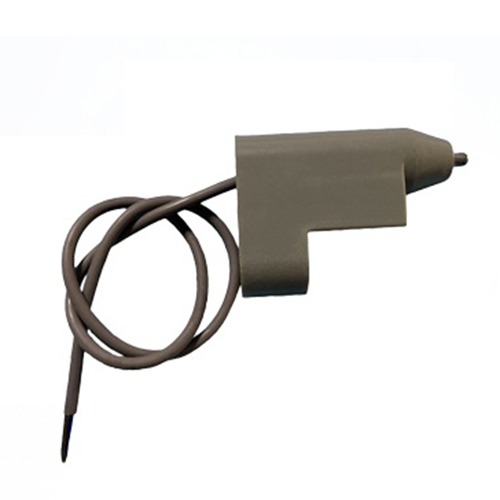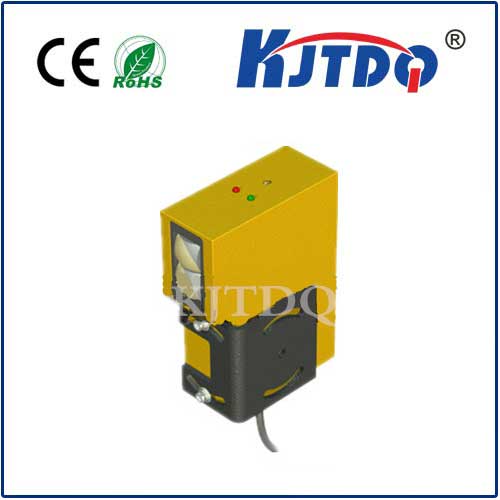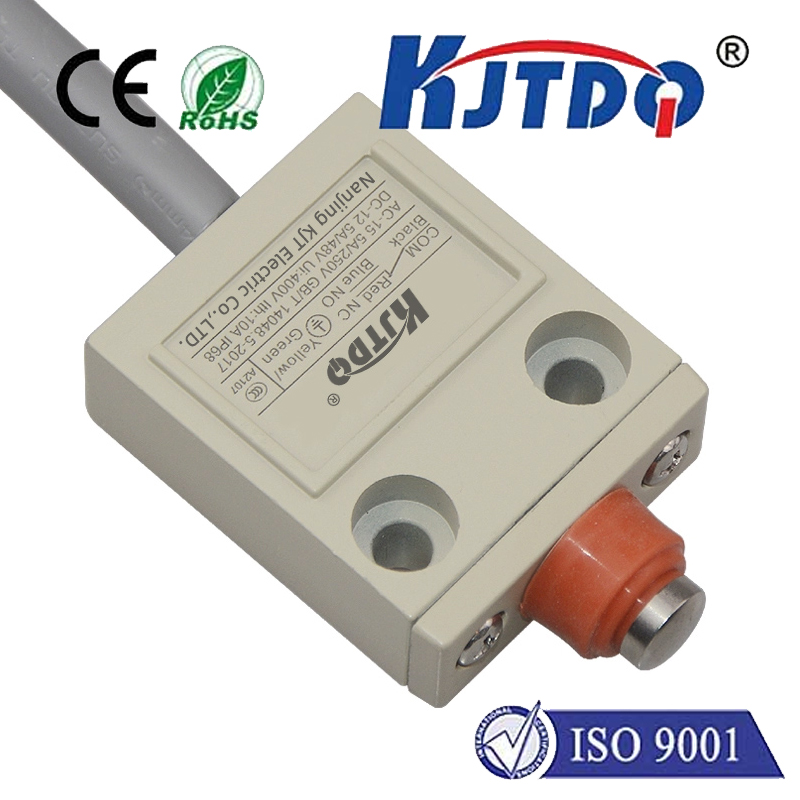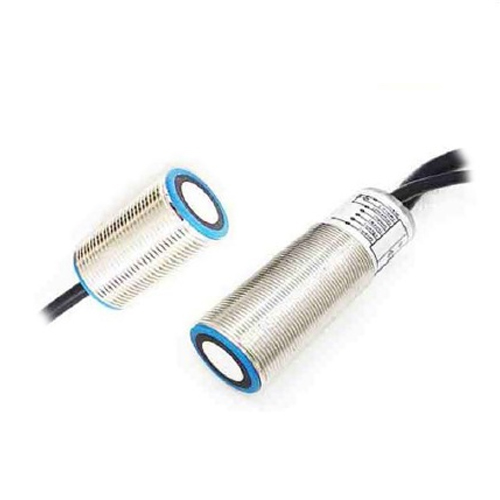PI1815 pressure sensor
- time:2025-09-23 05:35:04
- Click:0
PI1815 Pressure Sensor: Precision Measurement for Demanding Applications
How do engineers ensure a jet engine operates at peak efficiency thousands of feet in the air? How do manufacturers guarantee the structural integrity of a deep-sea pipeline? Or how does a modern car constantly monitor tire pressure for optimal safety? At the heart of these critical measurements, and countless others, lies a fundamental component: the pressure sensor. Among these, the PI1815 pressure sensor has established itself as a dependable and precise solution for applications demanding uncompromising accuracy and robust performance. This article explores why this sensor is a go-to choice across diverse industries.
Pressure sensors are the unsung heroes translating the physical force exerted by gases or liquids into quantifiable electrical signals. This conversion enables monitoring, control, and safety systems in virtually every sector imaginable. The PI1815 exemplifies this capability, typically built upon advanced piezoresistive technology. This principle relies on microscopic silicon sensing elements whose electrical resistance changes predictably when subjected to mechanical stress (strain) induced by pressure. These minute resistance variations are meticulously measured by an integrated circuit (ASIC – Application-Specific Integrated Circuit) within the sensor package. The ASIC performs critical tasks: amplifying the tiny signal, compensating for temperature effects that could distort the reading, and calibrating the output to provide a highly accurate, linear voltage signal proportional to the applied pressure. The result is a reliable digital or analog representation of the pressure being measured.

The enduring popularity of the PI1815 pressure sensor stems from a carefully engineered combination of features tailored for reliability in challenging environments:
- Exceptional Accuracy and Stability: Engineered for precision, the PI1815 achieves impressive accuracy, often better than ±0.15% Full Scale Output (FSO), coupled with excellent long-term stability. This means consistent, trustworthy readings over years of service, a non-negotiable requirement in critical monitoring applications.
- Wide Operating Temperature Range: Unlike many sensors that falter under extreme temperatures, the PI1815 is designed to perform reliably across a broad spectrum. Its compensated range often spans -40°C to +125°C, making it suitable for environments ranging from arctic conditions to hot engine compartments.
- Robust Media Compatibility: The sensing element is typically isolated from the measured medium using stainless steel diaphragms and compatible fill fluids like oil. This construction offers excellent resistance to corrosion from a wide variety of gases and liquids, enhancing its versatility.
- Low Temperature Coefficient of Offset (TCO) & Span (TCS): The integrated ASIC provides sophisticated temperature compensation, minimizing errors caused by ambient temperature fluctuations. Low TCO and TCS values (e.g., ±0.5% FSO over the compensated range) are crucial for maintaining accuracy regardless of operating conditions.
- Compact and Rugged Design: Often featuring a compact footprint, the PI1815 pressure transducer integrates sensing elements and compensation electronics into a single, robust package. Modern variants frequently come in industry-standard footprints like DIP (Dual In-line Package) or surface-mount options, facilitating easier integration into existing systems. Its construction is designed to withstand vibration and shock common in industrial and automotive settings.
The PI1815 pressure sensor finds its niche wherever precise, stable pressure measurement is paramount:
- Industrial Automation & Process Control: Monitoring hydraulic/pneumatic pressures, filter clogging detection, pump and compressor control, leak testing, and tank level monitoring rely heavily on the PI1815’s reliability and accuracy.
- HVAC & Refrigeration: Optimizing system efficiency, ensuring refrigerant safety, and controlling pump pressures within heating, ventilation, air conditioning, and refrigeration systems.
- Medical Equipment: Used in critical devices like ventilators, dialysis machines, and infusion pumps where precise fluid pressure control is literally a matter of life and death.
- Automotive & Transportation: Tire Pressure Monitoring Systems (TPMS), engine management (oil pressure, fuel rail pressure), brake booster pressure, suspension systems, and transmission control benefit from its ruggedness and temperature resilience.
- Test & Measurement: Serving as a reliable reference in calibration benches and data acquisition systems demanding high-fidelity pressure data.
- Hydraulics & Pneumatics: Real-time monitoring and feedback for actuators, cylinders, and valve control, ensuring system efficiency and safety.
Selecting the right pressure sensor is critical. Beyond specifying the PI1815, engineers must carefully consider:
- Pressure Range: Ensure the sensor’s rated pressure range comfortably exceeds the maximum expected pressure in the application, including potential spikes, for longevity and safety (consider derating).
- Output Signal: Match the sensor’s output (e.g., Millivolt Output (mV/V), Amplified Voltage (e.g., 0.5-4.5V), I2C/SPI Digital) to the requirements of the data acquisition system or controller.
- Media Compatibility: Confirm the wetted materials (diaphragm, housing, seals) are chemically compatible with the gas or liquid being measured to prevent corrosion or failure.
- Accuracy & Stability Requirements: Define the necessary level of precision and long-term drift tolerance for the specific application.
- Environmental Conditions: Account for the operating temperature range, vibration levels, moisture exposure, and potential EMI interference.
- Electrical Connections & Package Size: Ensure the physical footprint and electrical interface (connector type, pinout) are compatible with the integration space and wiring harness. The standard DIP or SMD formats of the PI1815 are advantageous.
Sensor technology constantly evolves. While the PI1815 pressure transducer remains a benchmark for high-performance piezoresistive sensors, newer generations often incorporate enhanced features like:
- Higher Levels of Integration: More sophisticated ASICs offering digital compensation, onboard diagnostics, and advanced filtering.
- Improved Signal Conditioning: Lower noise floors and better EMI immunity for even more precise measurements in electrically noisy environments.
- Miniaturization: Ongoing reduction in package sizes for space-constrained applications, while maintaining or improving performance specifications.
- Advanced Digital Interfaces: Increased adoption of industry-standard digital buses (I2C, SPI, CAN) for simpler integration and noise immunity over long cable runs.
- Lower Power Consumption: Critical for battery-operated and portable devices.
The PI1815 pressure sensor stands as a testament to the power of reliable, precision engineering. Its ability to deliver highly accurate and stable pressure readings across demanding conditions—extreme temperatures, harsh media, and mechanical stress—has solidified its position as a preferred solution across industries from aerospace to medical devices. Understanding its core technology, key features, diverse applications, and critical selection criteria empowers engineers to effectively leverage this capable component. When mission-critical pressure data is needed, the proven performance pedigree of the PI1815 makes it a component worthy of serious consideration, ensuring systems operate safely, efficiently, and effectively for years, often decades. Its evolution continues, pushing the boundaries of integration and performance to meet the ever-increasing demands of modern technology.






